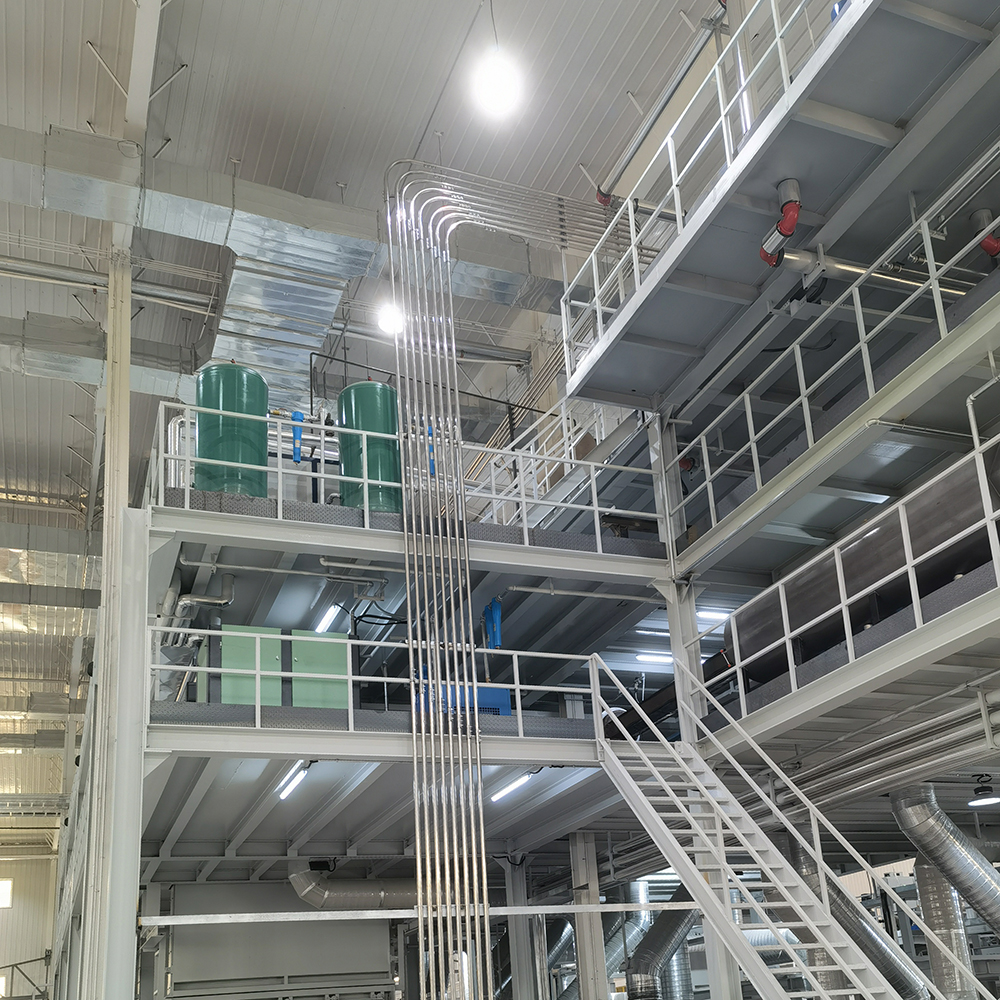Nonwoven fabric is one of the most versatile textile products due to its wide range of applications and properties. It is manufactured using various types of nonwoven machines that process different kinds of fibers into webs and fabrics. Let’s explore an overview of nonwoven machines and the fabrication of nonwoven fabric.
Principal 4 Types Of Nonwoven Machines

Nonwoven machines primarily include fiber preparation equipment, formação de teia, web bonding, and finishing. The main stages of nonwoven fabric production involve the following non woven fabric machine types:
- Fiberizers and cutters – These break down fibers into staple form to be used as raw material. Cards and garnetts also parallelize and align the fibers.
- Web formation – Nonwoven webs are formed using various nonwoven machines such as card webber, airlay, Spunbond e MeltBlown. Card webber uses parallelized fibers to lay the web, while airlay deposits fibers using re circulated air. Spunbond and meltblown manufacture continuous filaments to form the web.
- Web bonding – Nonwoven machinery like needlepuncher, thermal and chemical binder units consolidate the web using mechanical, heat or chemical means for required strength.
- Acabamento – Calenders and other nonwoven machines apply finishing treatments to enhance properties like permeability, absorbency, and appearance.
Summary Of Nonwoven Fabrics With its Production Line
So in summary, a series of nonwoven machines work together along the nonwoven fabric production line to prepare fibers, lay the web, bond it and finish it. These different types of nonwoven machines enable the fabrication of a wide range of nonwoven fabric for different applications.
That covers the basics of nonwoven fabric manufacturing using nonwoven machines. Let me know if you would like me to expand the post with any more details.
